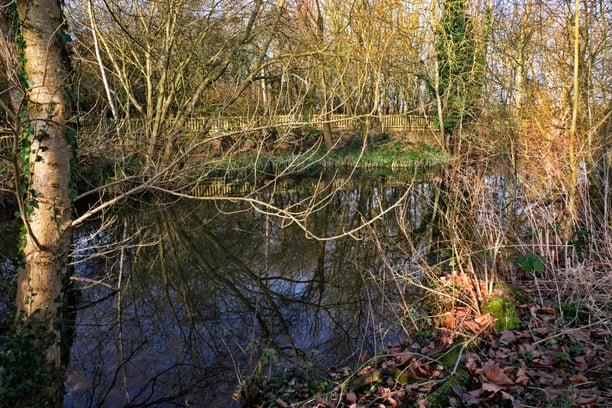In an English Country Garden - February 2025 Update
A tale of two rank amateurs attempting to work with Nature. 'February made me shiver....'
ECO-GARDENING
2/27/20253 min read
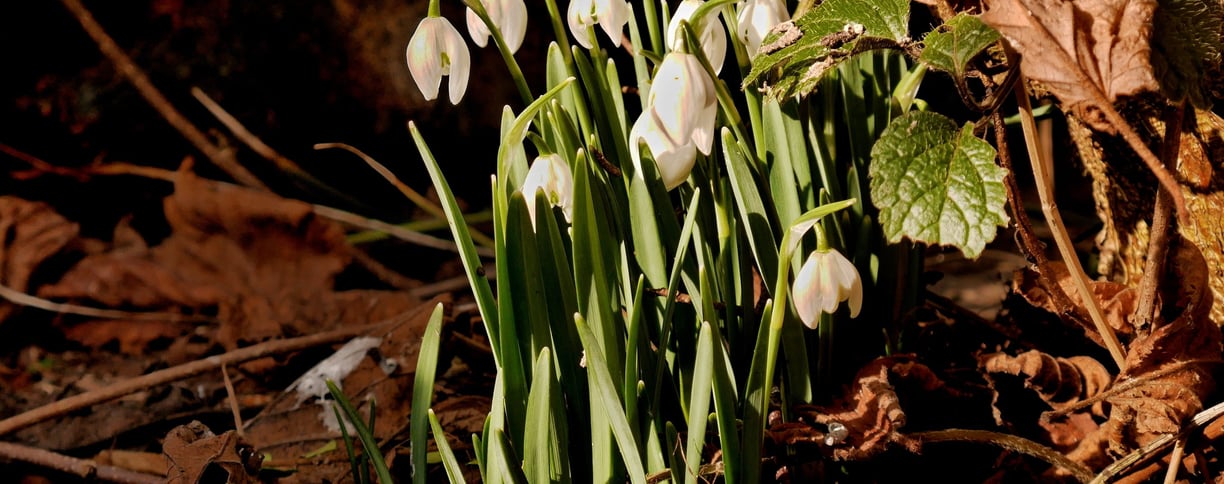

Not a terribly exciting month for gardening especially as the first three weeks since the last update were cold and damp with very little sunlight to speak of.
The good news is the last week has been considerable warmer - we actually hit 16C (61f) one glorious afternoon, although it has since fallen back a bit - and the plants are really responding, there is a definite hint of Spring in the air.
Despite the weather we have managed to get some work done, all the pruning we intended to do this Winter is pretty much done, some of the invasive plants have been uprooted and removed and the raised beds are ready and prepared for planting.
I have also started volunteering at our local Community Orchard, more about that below.
Photograph: A Long Tailed Tit (Aegithalos caudatus) staring wistfully into the setting sun. (click to enlarge).
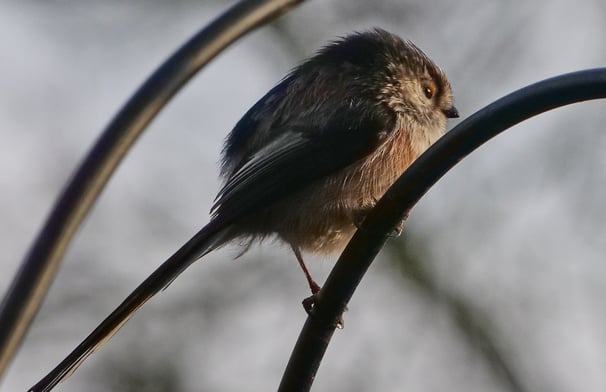

We have also made a couple of additions to the planting in the garden. At the beginning of the month we purchased two more Guelder Rose (Viburnum opulus) and two Wayfaring Tree (Viburnum lantana) from the Woodland Trust.
Both plants provide abundant, pollinator friendly flowers in the Spring and fruit in the Autumn /Winter which are a favourite with wild birds. In the Autumn The Guelder Rose leaves turn orange / yellow or red.
The Guelder Rose is an ancient woodland indicator species, if you come across it in the wild you are likely on the site of an ancient woodland. It is also one of the national symbols of Ukraine and features in many of their songs, art and embroidery.... Slava Ukraini !!!
The Wayfaring Tree (According to the Woodland Trust) got its name from the herbalist Gerard who in 1597 noticed it on the routes between Wiltshire and London. It is said that if you see a wayfaring tree, you are on or near a path. Its strong bendy stalks used to be used to tie hay bales, and there is evidence that, in Europe at least, its straight wood was used to make arrows.
Picture: Left - Wayfaring Tree Flowers. Right - Fieldfare (Turdus pilaris) and berries of a Guelder Rose (Viburnum opulus)

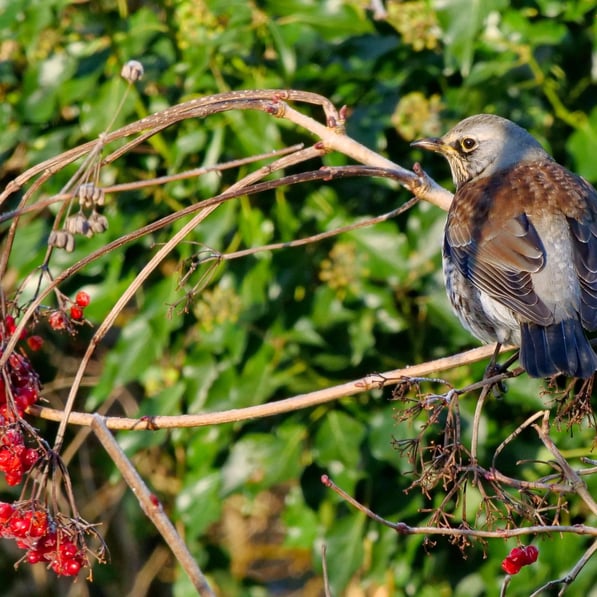

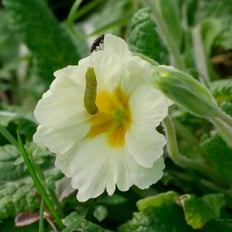
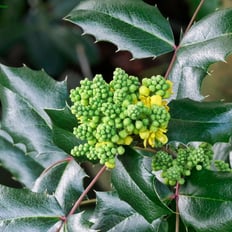
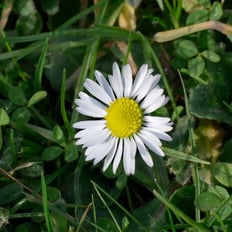
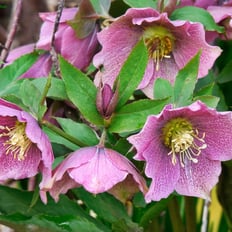

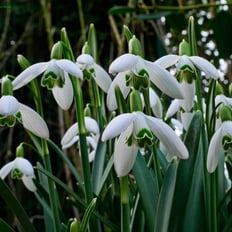
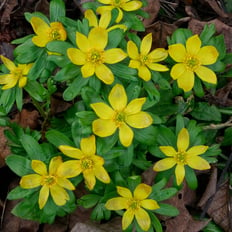
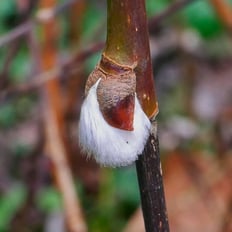
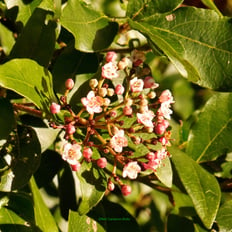
As I mentioned earlier the plants in the garden are really responding to the (slightly) warmer weather. Not only have we got buds appearing on most of the trees and shrubs but we have quite a few plants now in flower. I've seen a few flying insects including at least two different species of bumblebee - sadly not yet close enough to photograph and identify.
The gallery below shows the plants currently in flower (The hazels are also in flower but I don't have a picture).
Left to right: Snowdrop, Primrose (with visitors), Mahonia, Daisy (Lawn), Hellebore, Crocus, Green tipped Snowdrop, Winter Aconite, Dwarf Weeping Willow, Viburnum
I have recently become a volunteer at our local Community Orchard. It was started quite a few years ago but overtime had become neglected and in a very sad state.
Last Autumn the Council undertook to revive the project with the addition of a wildflower meadow. We are currently involved in pruning and clearing the ground around the fruit trees and preparing the ground for sowing the wildflowers.
The second part of the project is to clear the undergrowth from around a decent sized pond to allow light and air to get to the water. At my suggestion we are using the cut wood to create a 'dead hedge' to help support the wildlife and insects.
I'll go into a bit more detail in next months update, it's possible there may be an addition to the project but it is yet to be finalised.
Picture: Pond prior to the start of clearing.
That's it for this update... if the warmer (comparatively) weather keeps up I should have much more to report in next months update.
